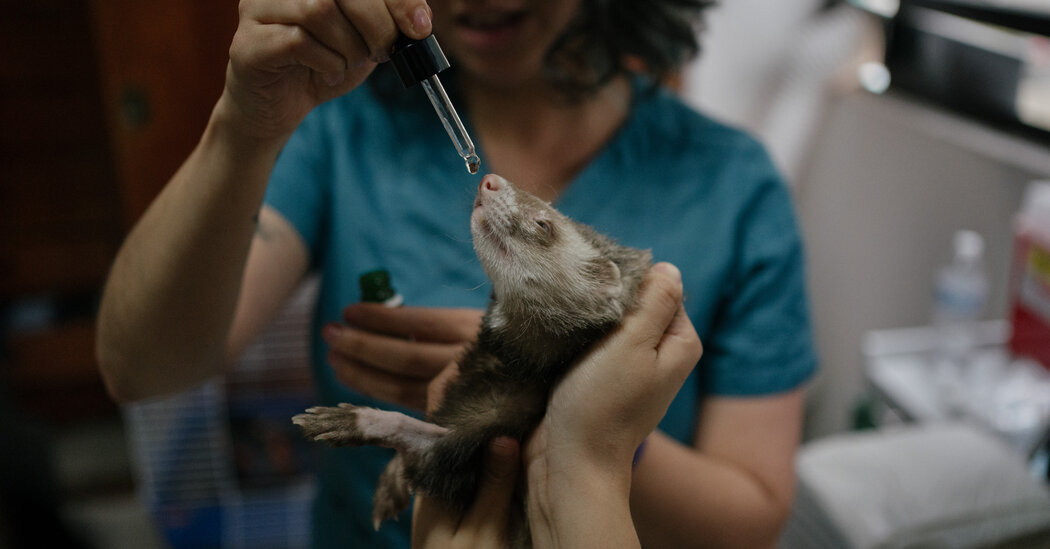Like many captive elephants, Nidia suffered from chronic foot problems. Fissures had formed in the 55-year-old Asian elephant’s foot pads, and her toenails had cracked and become ingrown. Painful abscesses lingered for months. Nidia had lost her appetite and she was losing weight.
Dr. Quetzalli Hernández, the veterinarian in charge of Nidia’s care at a wildlife park in Mexico, was desperate. She decided to try cannabidiol, or CBD, the nonintoxicating therapeutic compound found in cannabis.
For help, Dr. Hernández reached out to Dr. Mish Castillo, the chief veterinary officer at ICAN Vets, a company engaging in veterinary cannabis education and research in Mexico. To Dr. Castillo’s knowledge, no one had purposely given an elephant medical cannabis. But he and his colleagues hoped it would reduce Nidia’s pain and stimulate her appetite, as they had seen the drug do for cats, dogs and other species.
They started low and eventually settled on a dose of 0.02 milligrams of CBD per pound of Nidia’s weight, which she took daily with a chunk of fruit. Calibrated by weight, the dose is one-tenth to one-fortieth of what Dr. Castillo gives to dogs or cats. Yet it worked.
The first sign that the treatment was effective was when Nidia developed a serious case of the munchies. Within days of starting CBD, she went from finishing just one-third of her food to virtually all of it, and sometimes even went for seconds. Within five weeks, she had gained 555 pounds.
After Nidia began eating, her demeanor changed. “She was always known as the grumpy one — she used to kick doors,” Dr. Castillo said. “Within the first week to 10 days of her treatment, she started coming out of her enclosure quicker and was in less of a bad mood.”
Nidia’s abscesses also began to heal, probably as a result of CBD’s anti-inflammatory effects. For months, the pain in her feet had prevented the elephant from walking down a small hill to a drinking fountain in her enclosure, forcing her handlers to give her water in buckets and by hose. As her condition improved, she started to visit the fountain again.
“She just continued to get better,” Dr. Castillo said. “We were amazed that this happened at such a low-response dose, which led us to want to get this information out before veterinarians start overdosing other species by using the dog or cat dose.” Correct dosing comes down to species-specific differences in metabolism and variability between individuals, he added.







